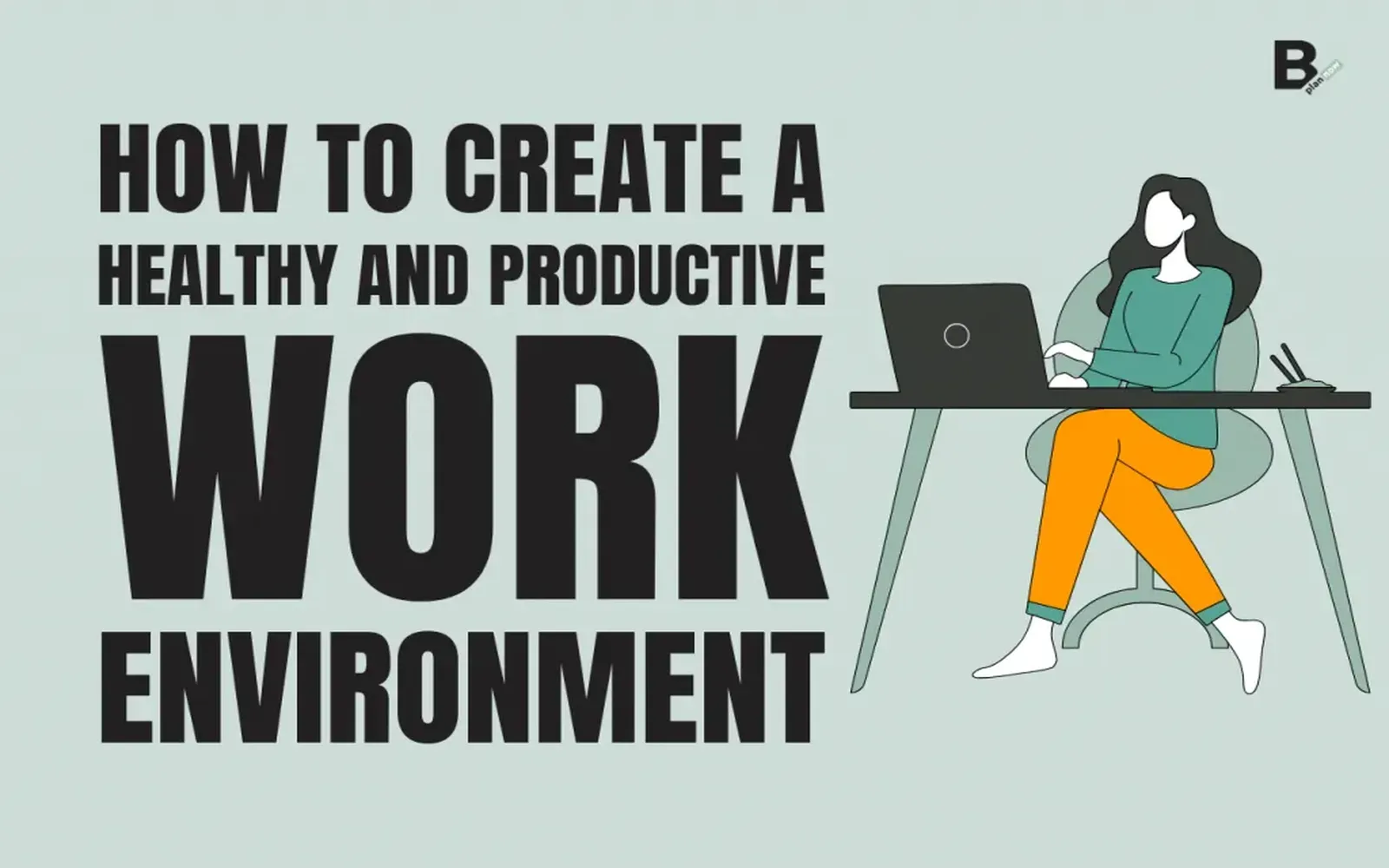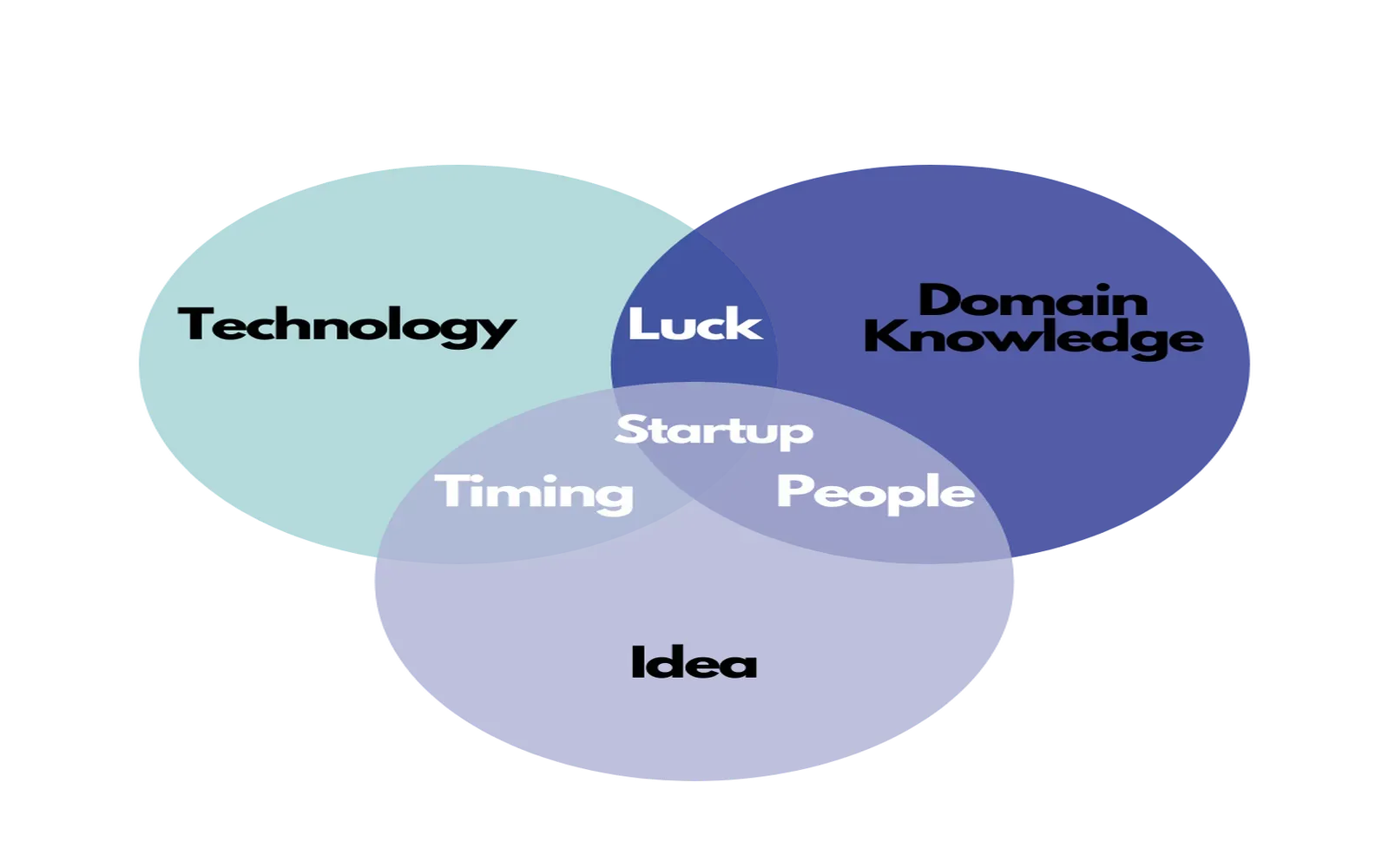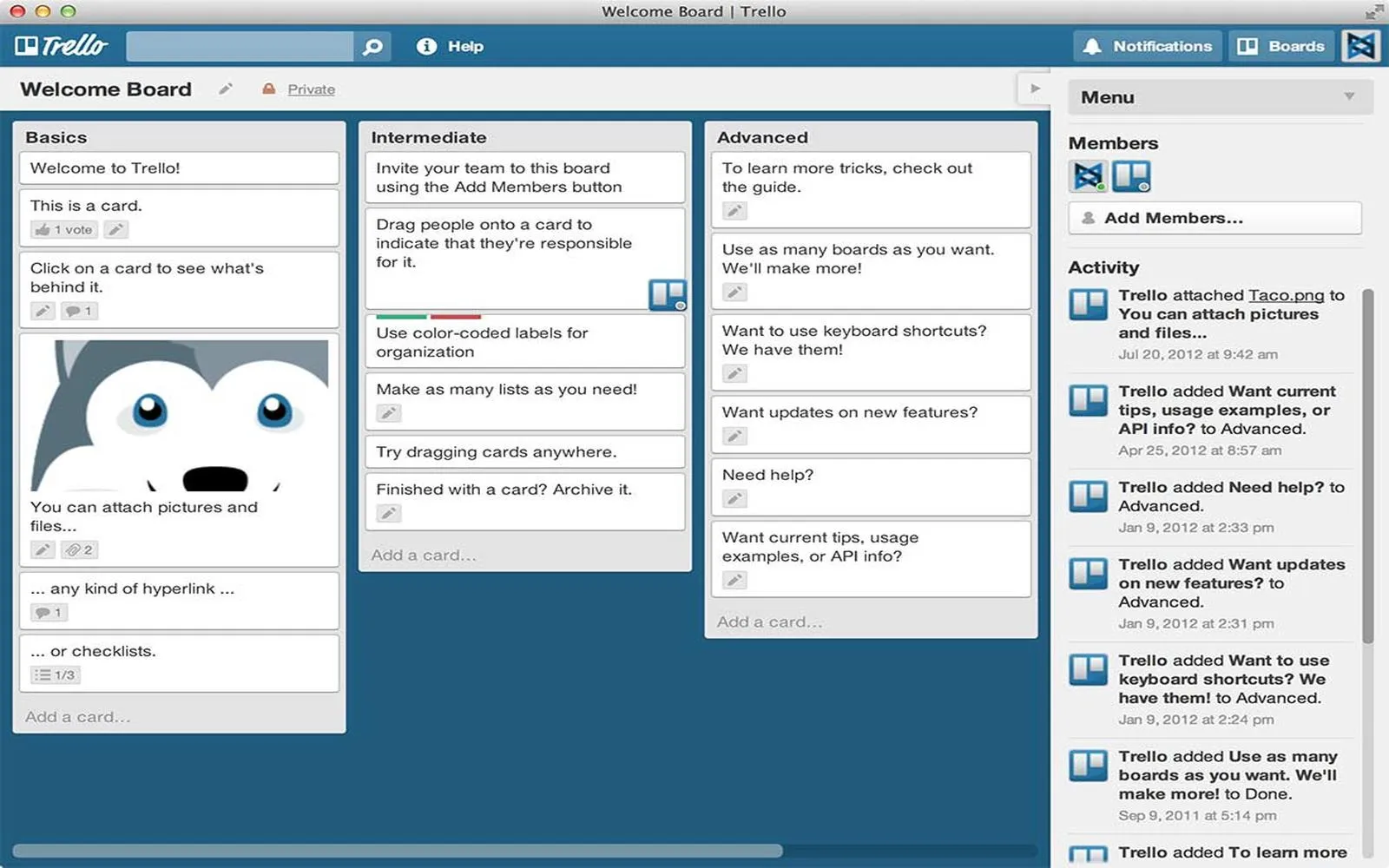Finding your optimal work environment is crucial for maximizing productivity and enhancing your overall work experience. By understanding the factors that contribute to an ideal workspace, you can create a setting that fosters creativity, focus, and efficiency. Below, we will explore practical strategies and considerations for determining your perfect work environment.
The Importance of Your Work Environment
Your work environment significantly influences your productivity levels. A well-structured space can help reduce distractions, promote comfort, and enhance your ability to concentrate. Conversely, a chaotic or uncomfortable setting can lead to decreased focus and motivation. Therefore, recognizing your preferences and needs is essential for optimizing your workspace.
Identifying Key Factors
To find your optimal work environment, consider the following key factors:
| Factor | Description |
|---|---|
| Lighting | Natural light can boost mood and energy levels, while harsh artificial lighting may cause strain. |
| Noise Levels | Some people thrive in complete silence, while others prefer background noise or music. |
| Furniture | Comfortable seating and ergonomic furniture can prevent physical strain and enhance focus. |
| Temperature | Maintaining a comfortable temperature can reduce distractions and improve concentration. |
| Personalization | Adding personal touches like photos or plants can create a more inviting atmosphere. |
Assessing Your Preferences
Every individual has unique preferences when it comes to their work environment. Here are some steps to assess your own needs:
1. Reflect on Past Experiences: Think about times when you felt particularly productive. What were the environmental factors present during those times? Were you in a quiet café, a home office, or a co-working space?
2. Experiment with Different Settings: Try working in various locations—such as libraries, coffee shops, or outdoor spaces—to see where you feel most focused and engaged.
3. Create a Checklist: Develop a checklist based on the key factors mentioned earlier. Use this to evaluate each environment you work in and determine what works best for you.
Implementing Changes
Once you have identified your optimal work environment, it’s time to implement changes. Here are some actionable tips:
1. Optimize Lighting: If you work from home, consider positioning your desk near a window to take advantage of natural light. If natural light is limited, invest in adjustable LED lights that mimic daylight.
2. Control Noise: If you are easily distracted by noise, consider noise-canceling headphones or soft background music to help you concentrate. Alternatively, if you prefer a lively atmosphere, seek out bustling cafés or co-working spaces.
3. Invest in Ergonomics: Choose a chair that provides adequate support and a desk at the right height. Ergonomic accessories, such as keyboard trays or standing desks, can also improve comfort.
4. Maintain Ideal Temperature: Use fans or space heaters to adjust the temperature to your liking. If you are in a shared space, consider dressing in layers to accommodate varying temperatures.
5. Personalize Your Space: Add elements that inspire you, such as artwork, plants, or motivational quotes. A personalized workspace can help you feel more connected and engaged with your work.
Utilizing Technology
In today's digital age, technology plays a vital role in enhancing productivity. Here are some tools that can assist in optimizing your work environment:
- Task Management Apps: Tools like Trello or Asana can help you organize tasks and prioritize work efficiently.
- Focus Apps: Applications such as Forest or Focus@Will provide features designed to minimize distractions and keep you on track.
- Time Tracking Software: Use tools like Toggl to monitor how you spend your time and identify areas for improvement.
Conclusion
Finding your optimal work environment is a continuous process that requires self-assessment and adaptation. By understanding the key factors that influence your productivity and making intentional changes, you can create a workspace that enhances your focus and efficiency. Remember that what works for one person may not work for another, so take the time to explore and discover what truly boosts your productivity. With the right environment and tools, you can achieve greater success in your work and personal projects.





